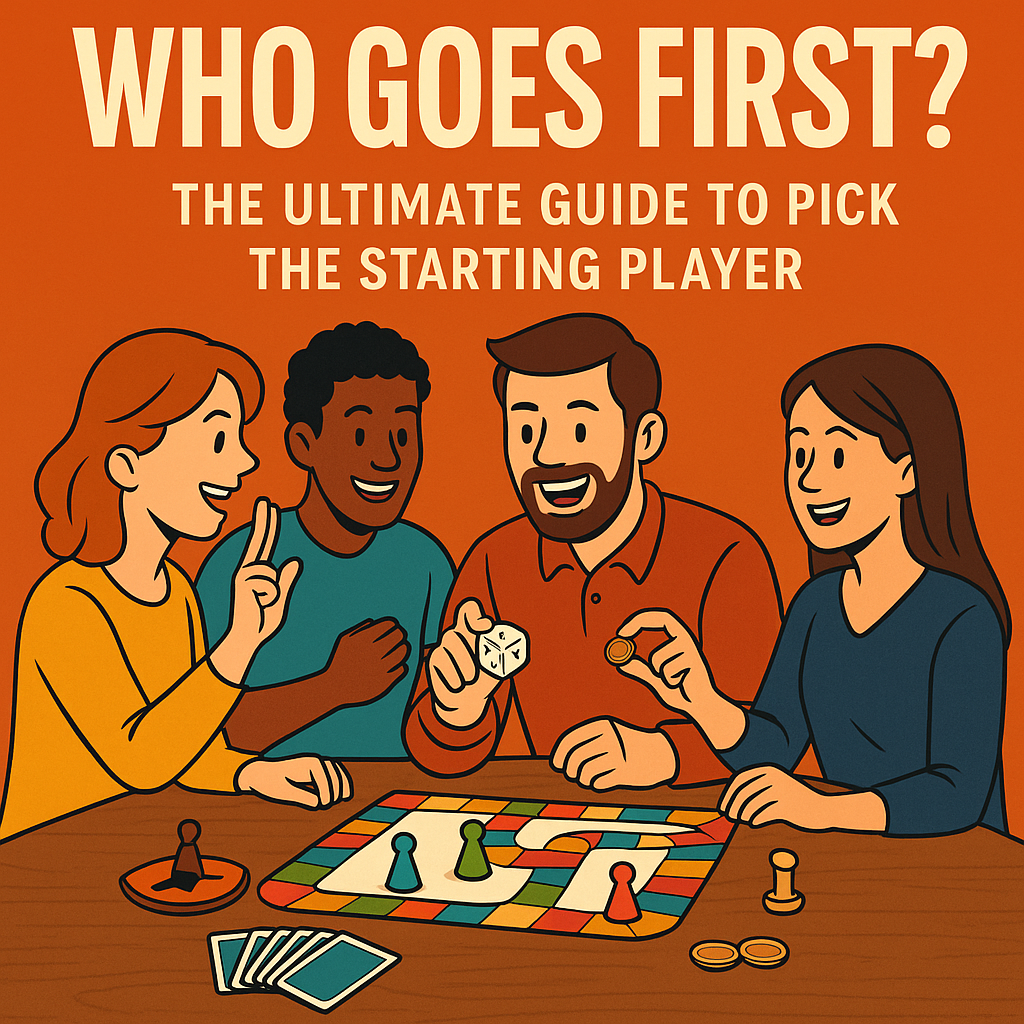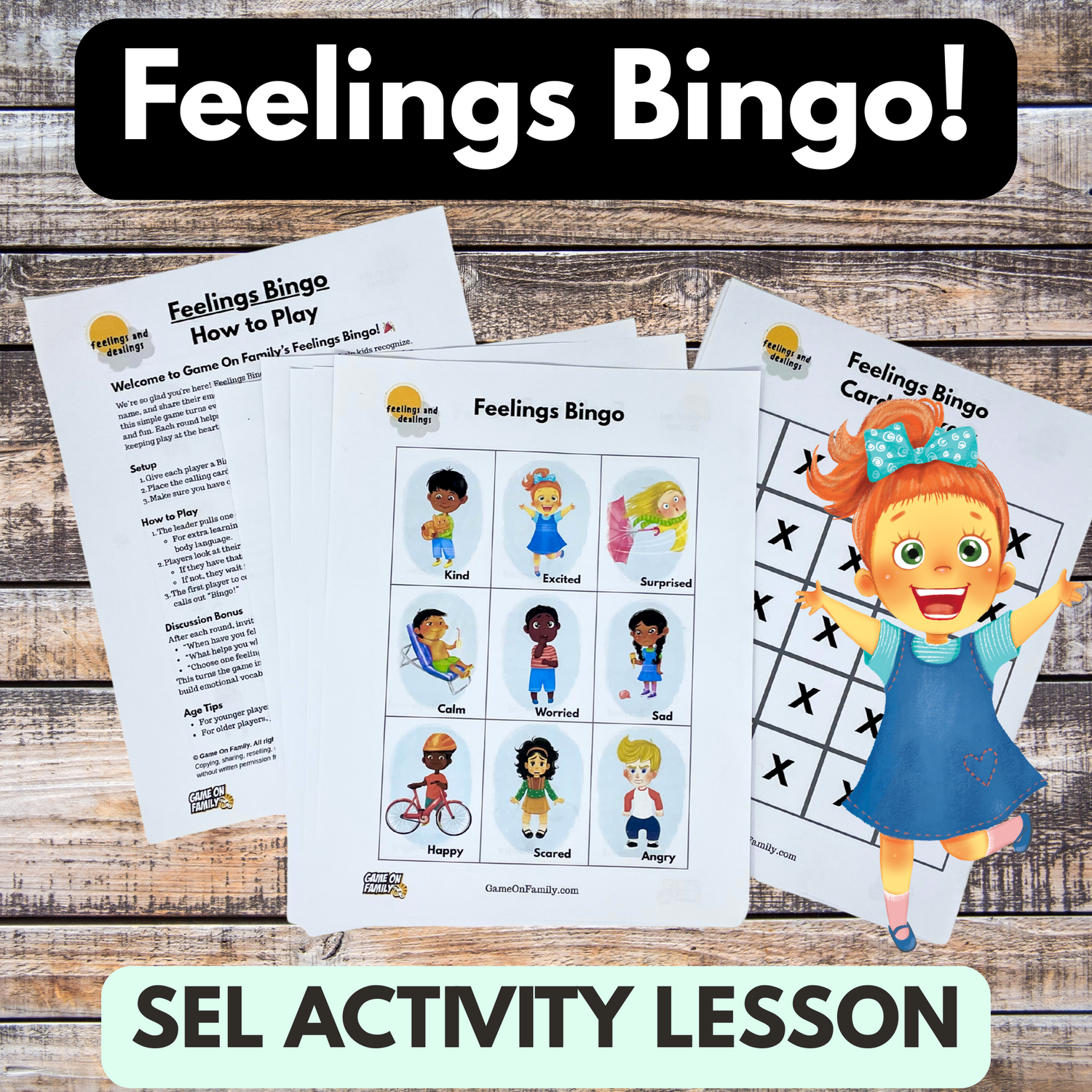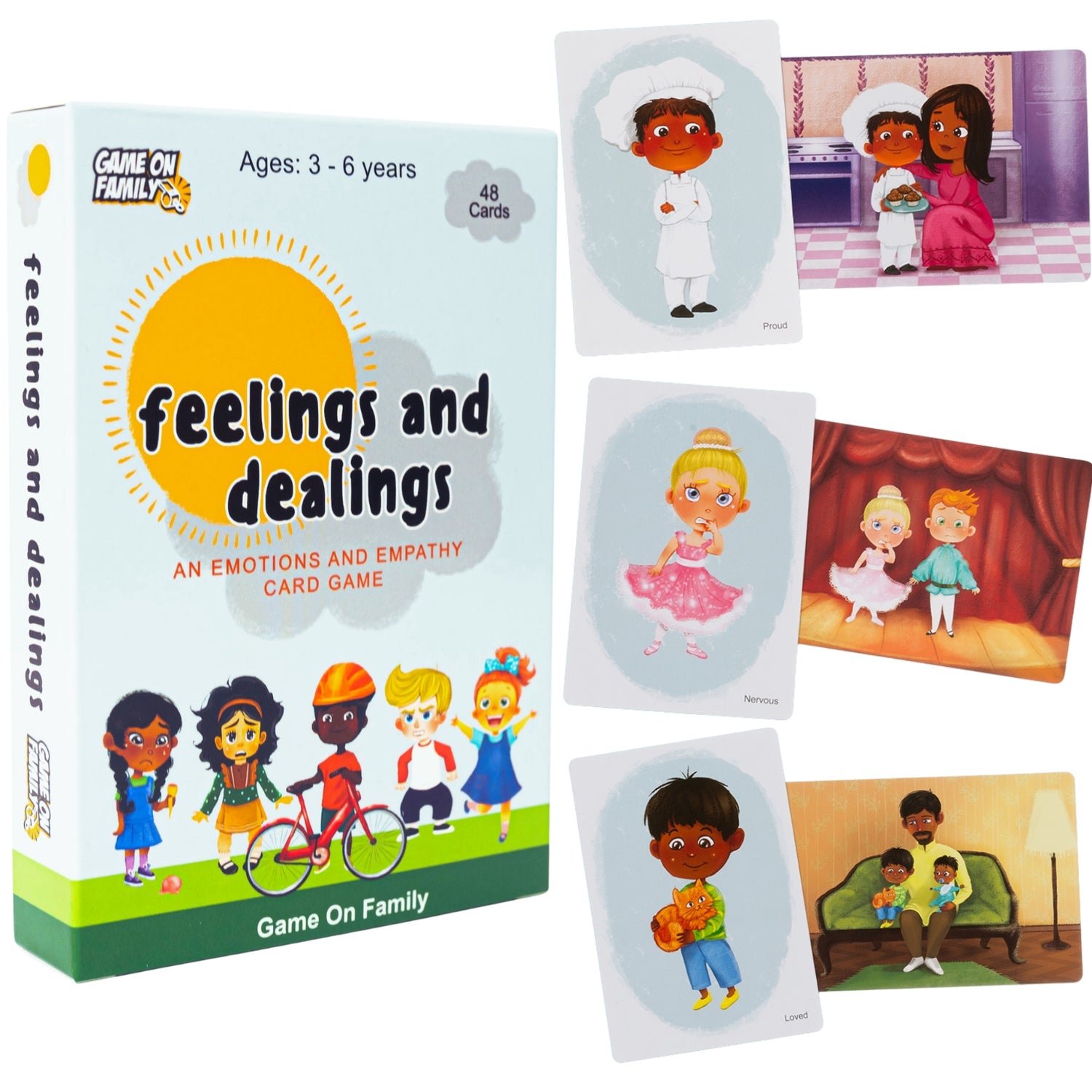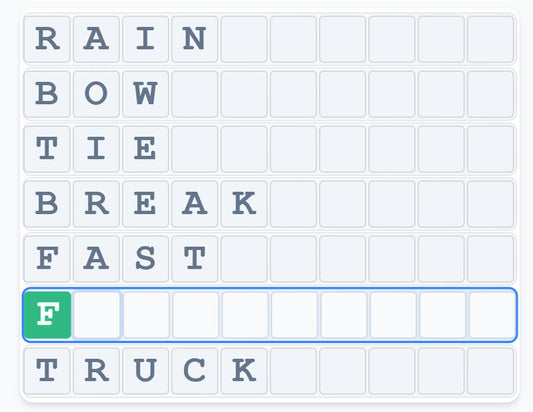
Who Goes First? Ultimate Guide to Picking a Starting Player for Games
Share
Choosing who goes first seems like a tiny step in a game — until you’re in the middle of a heated “but that’s not fair!” debate.
Whether you’re playing with two people, a big group, kids, or seasoned strategists, this guide covers every way to pick the first player, from purely fair to practical to thematic-but-biased.
We’ll also show you official methods from popular games, how to make “biased” rules fair, and the best picks for 2 players vs. 3+ players.
TLDR: Quick Tables
Best for 2 Players
- Coin toss
- Rock–Paper–Scissors
- High card
- High die
- Spinner with clear marks
Best for 3+ Players
- High die
- High card
- Name from hat
- Spinner/bottle
- Number pick
Why “Who Goes First” Matters
- Game balance – In some games, the first player has a measurable advantage.
- Social tone – A fair method builds goodwill; a biased method can add flavor (or frustration).
- Efficiency – Sometimes, practicality beats randomness — especially with new players or livestreams.
We’ll sort methods into three groups:
- Pure Random (Fair) – Zero bias; everyone has an equal shot.
- Practical (Biased-on-purpose) – Efficient or teaching-focused.
- Thematic-but-Biased (“cute but can annoy”) – Tied to the game’s theme, but not always popular.
Pro tip: Many thematic or biased starts can be made completely fair by randomizing roles or colors first, then following the game’s rule.
Two Players vs. Three or More
Two Players
- Fast & fair: Coin toss, Rock–Paper–Scissors, high card, or high die.
- Multiple rounds? Alternate starts after Game 1.
- Tie-breakers: Only re-roll/toss the tied players.
Three or More
- Fair options: High die, high card, spinner, name-from-hat, number guess.
- Tie-breakers: Only tied players re-try.
- Multiple rounds? Rotate start clockwise.
Method Library
1. Pure Random (Fair)
These methods are unbiased, quick to run, and good for most group sizes. “Best for” shows where they shine.
Rock–Paper–Scissors
- Best for: 2 players (for 3+, use knockout or “odd man out”)
- How to play: Both players simultaneously make rock (fist), paper (flat hand), or scissors (two fingers). Rock beats scissors, scissors beats paper, paper beats rock.
- Pros: No equipment needed, super fast.
- Cons: Clumsy for more than 2 players.
Dice Roll
- Best for: 2+ players
- How to play: Each player rolls a die (or multiple dice). Highest (or lowest) roll wins. Use a second roll to break ties.
- Pros: Fast, tactile, common in most game sets.
- Cons: Need dice or a digital roller.
Card Draw
- Best for: 2+ players
- How to play: From a shuffled deck, each player draws a card. Highest (or lowest) card wins. For ties, compare suits (Spades > Hearts > Diamonds > Clubs) or re-draw.
- Pros: Scales well for large groups.
- Cons: Requires suit order agreement before play.
Coin Toss
- Best for: 2 players
- How to play: One player flips a coin; the other calls “heads” or “tails” in the air. The winner starts.
- Pros: Ultra-fast, only one coin needed.
- Cons: Not practical for more than 2 players.
Spinner or Spin-the-Bottle
- Best for: 3+ players
- How to play: Use a game spinner or place an empty bottle in the center. Spin; whoever it points to starts.
- Pros: Fun, visible to all.
- Cons: Possible disputes if it points between players.
Popular Games & Their First-Player Rules
| Game | Official Method | Fair Alternative |
|---|---|---|
| Chess / Checkers / Go | Certain color always starts | Randomize color first, then follow game’s rule |
| Scrabble | Draw tiles; highest letter starts | Already fair |
| Monopoly | Highest dice roll | Same |
| Uno / Candy Land / Carcassonne | Youngest player starts | High card/die; youngest picks method only |
| Settlers of Catan | Last person to travel | High die/card; rotate starts in later rounds |
| Ticket to Ride | Most travel experience | Fair draw; rotate |
| Pandemic | Highest population city card | Full random |
| Clue | Miss Scarlet starts | Randomize characters first |
Ties, Re-rolls, and Rotation Rules
- Ties – Only tied players re-try.
- Rotation – Clockwise; snake order; loser-starts-next; “dealer button” for round games.
- Multi-round fairness – Ensure equal start positions over multiple games.
Accessibility & Inclusion Tips
- Avoid methods that single out appearance, ability, or personal details players may not want to share.
- Use large-print/high-contrast components for low-vision players.
- For online games, use a built-in randomizer or synchronized seed.







